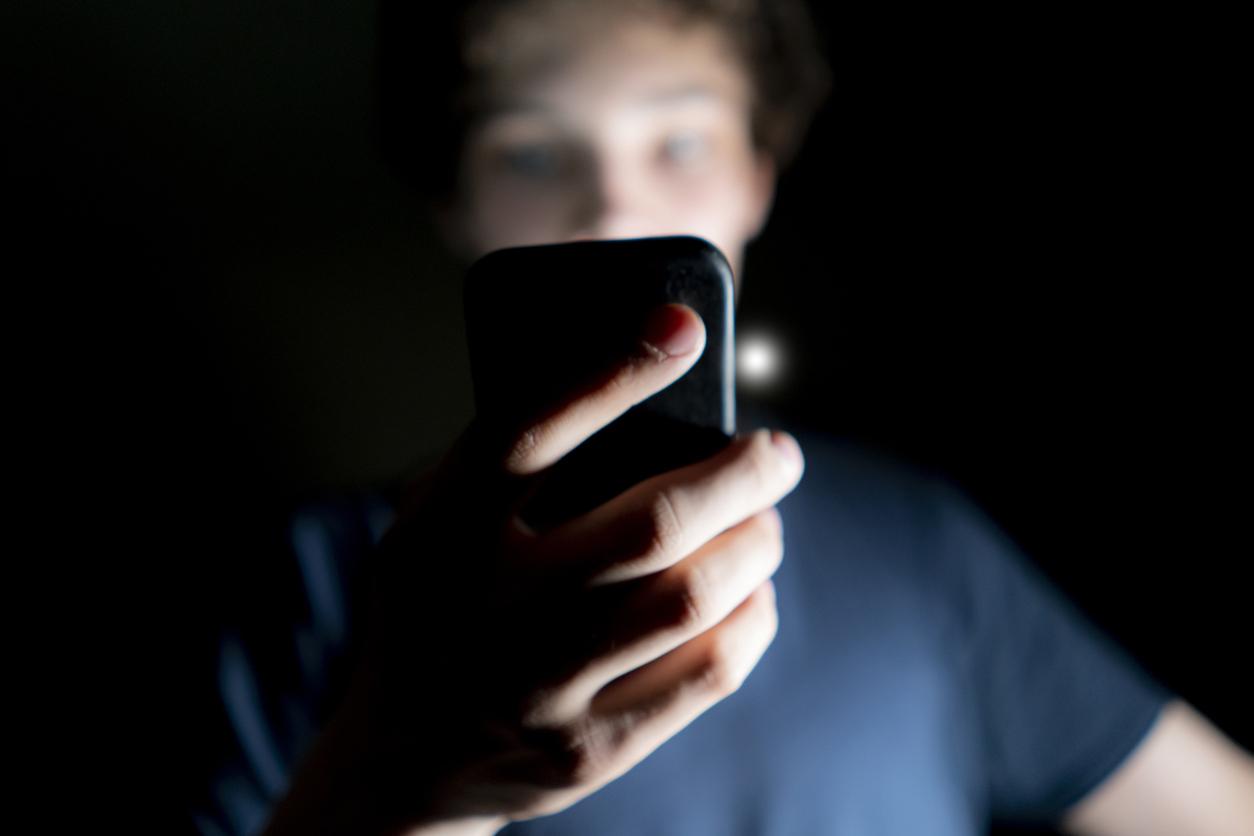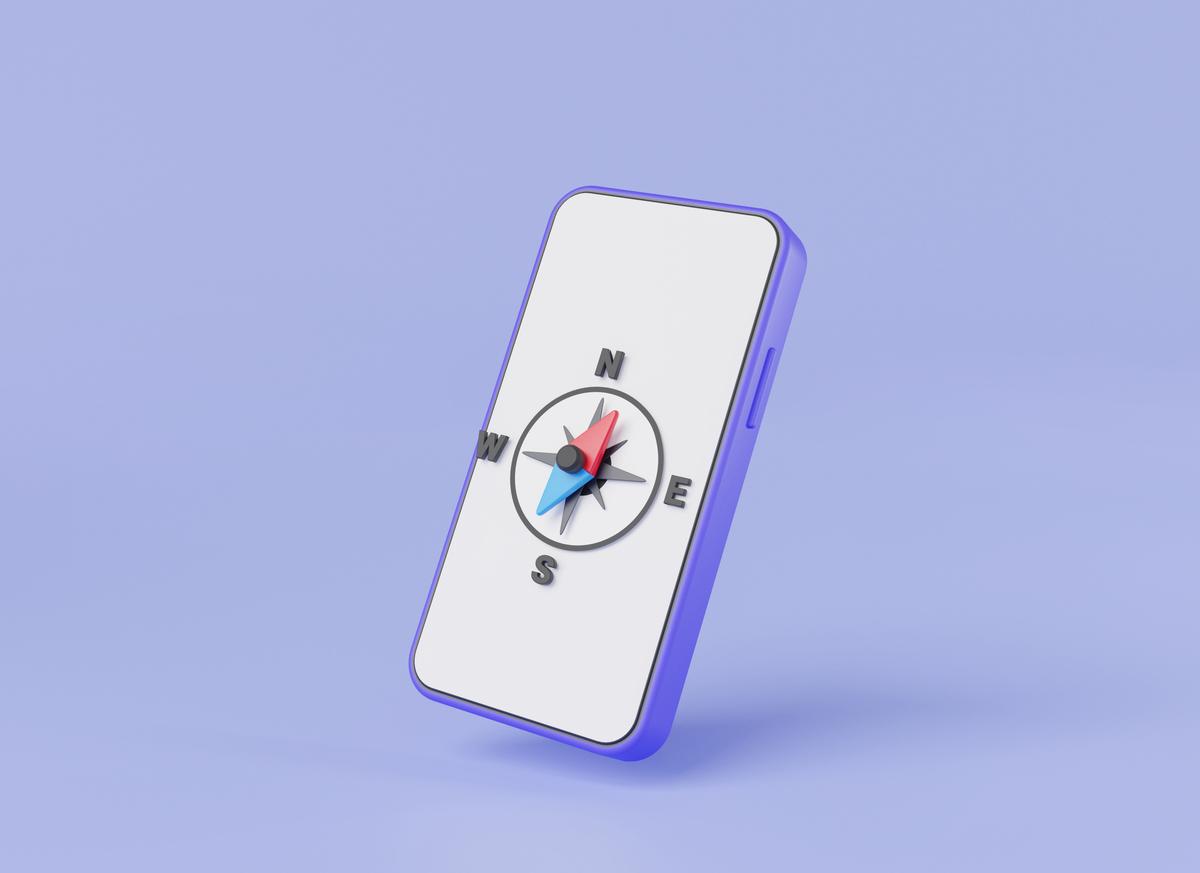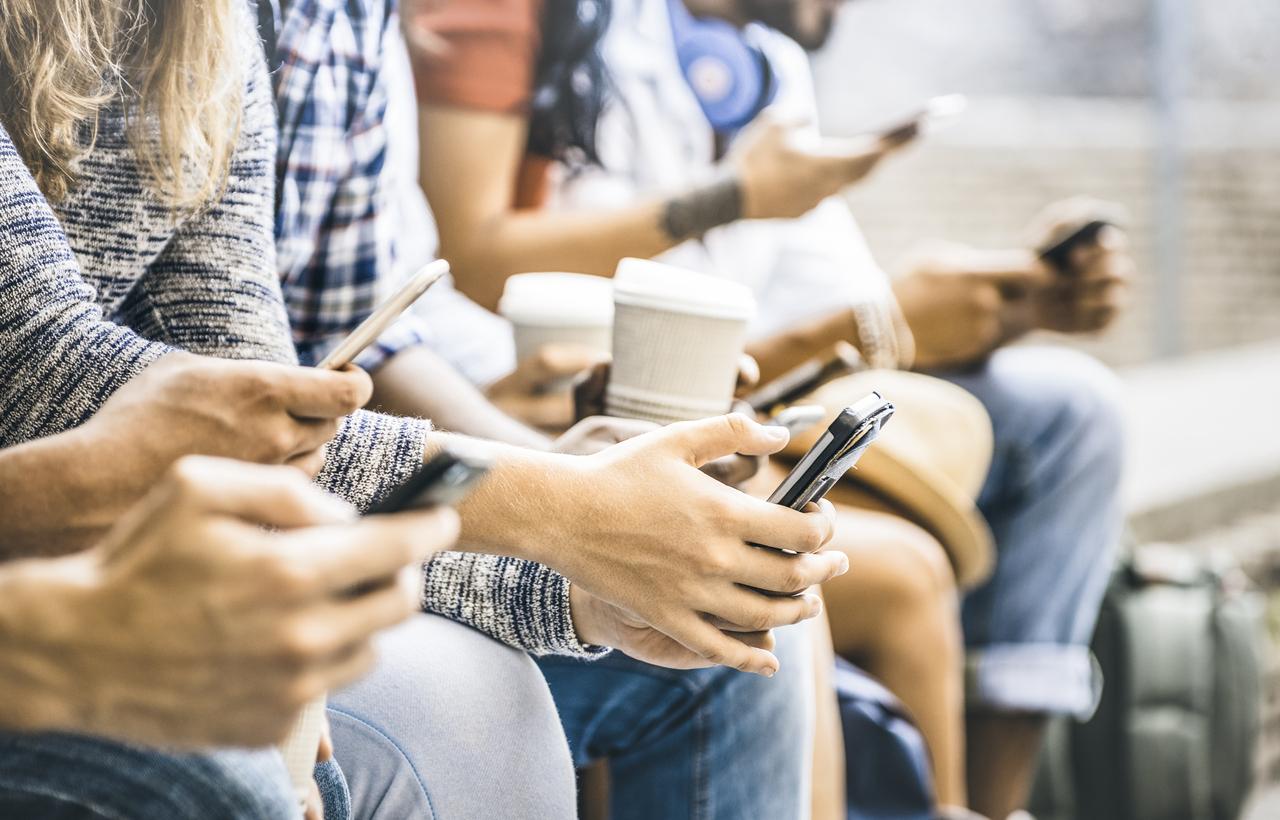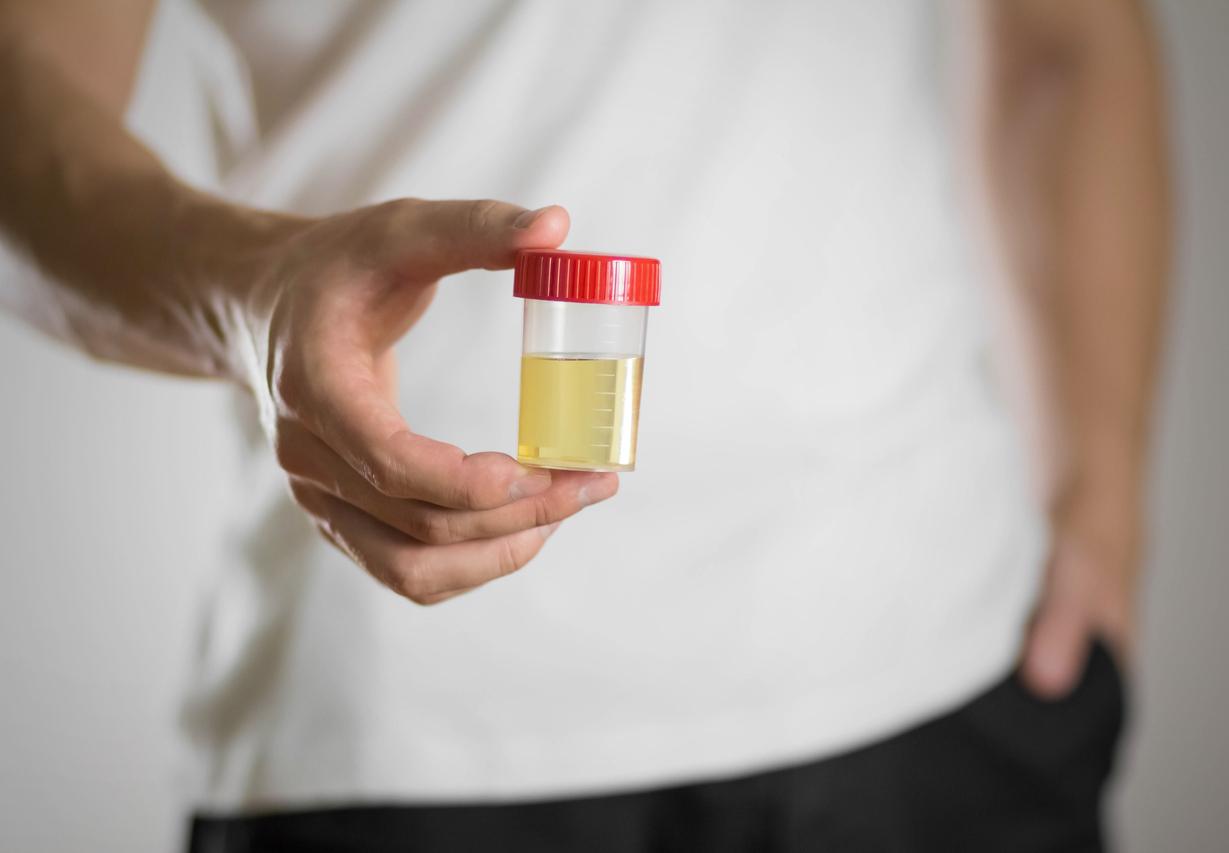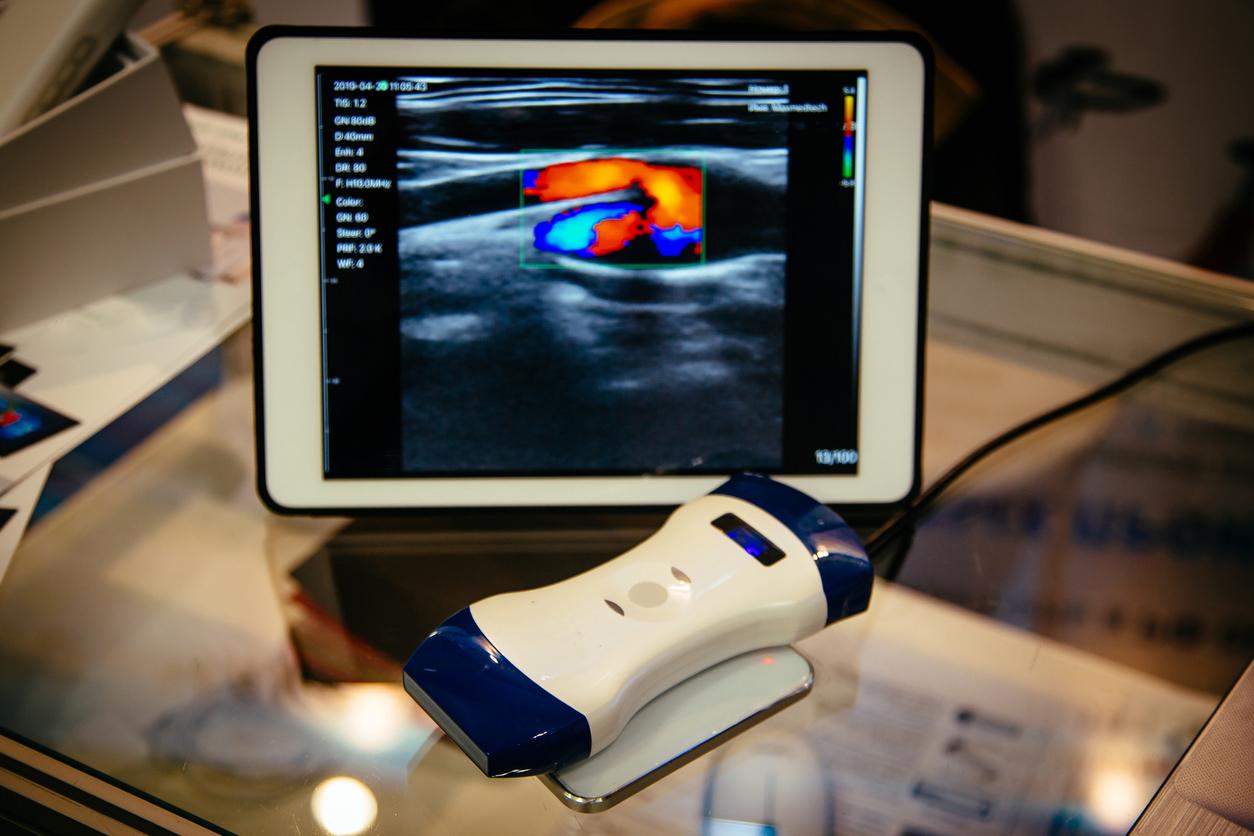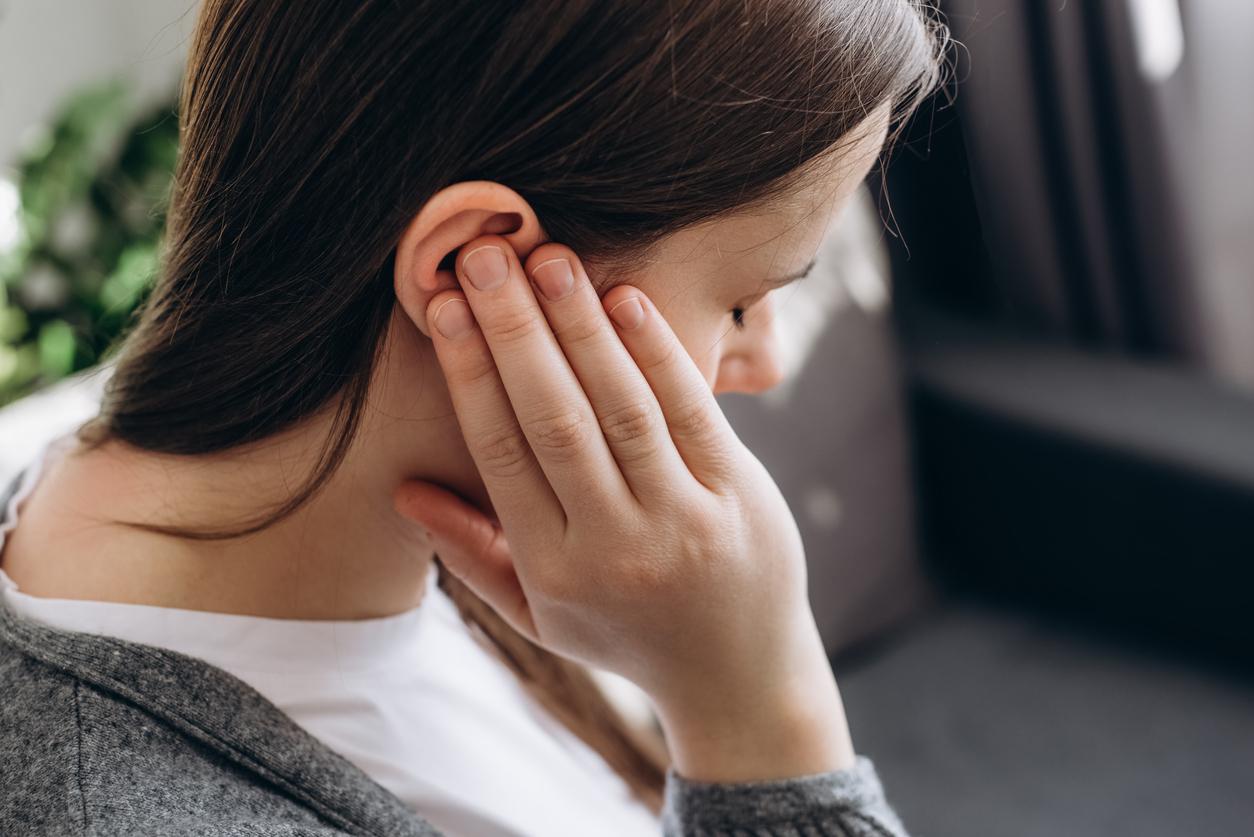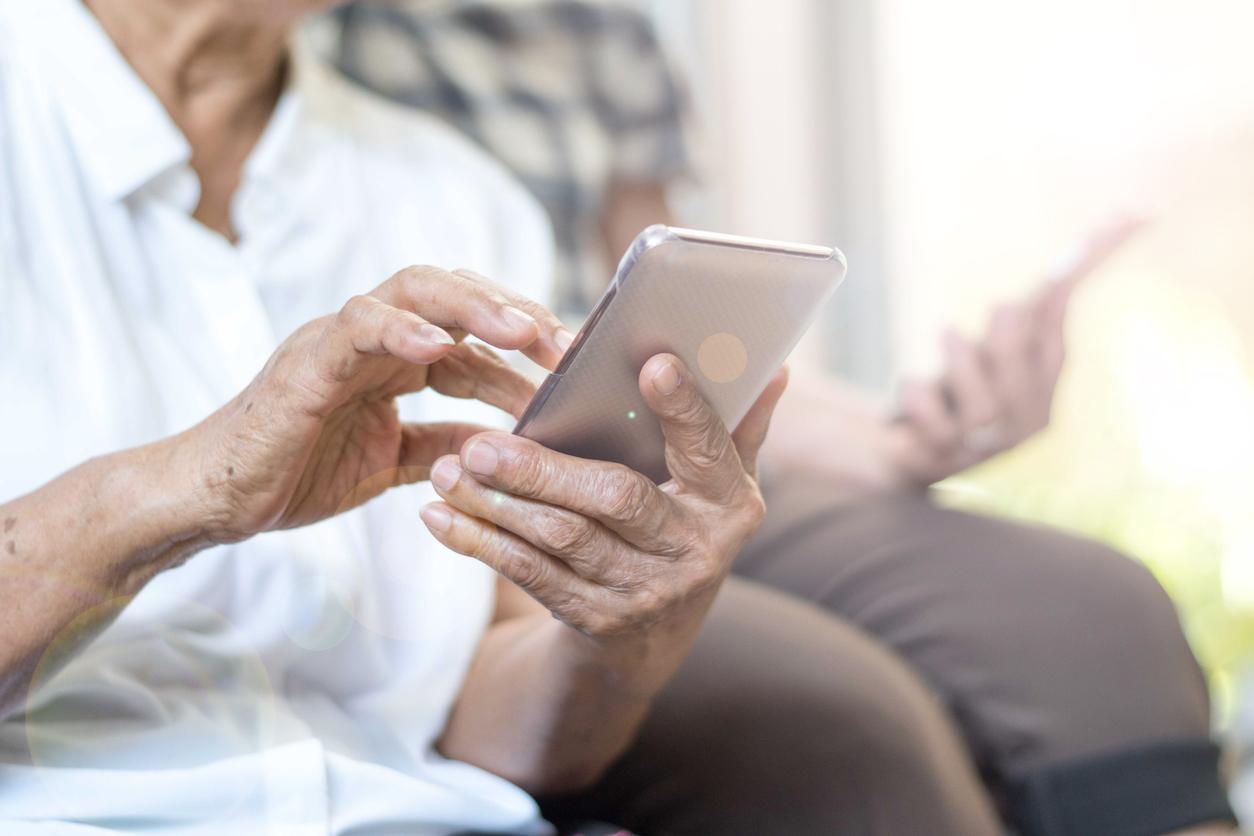A smartphone application is currently being tested in Kenya. She performs visual tests to determine which patients need eye care.

An ophthalmologist in your pocket … The smartphone application PEEK (Portable eye examination kit, or portable eye examination kit) is currently being tested in Kenya. It offers several tests to quickly identify sight problems and redirect patients to an ophthalmic structure.
According to’World Health Organization (WHO), 180 million people suffer from visual impairment, including 85 million blindness. In most cases, this is preventable, but only if you have access to quality eye care. But few people are able to perform eye tests in underprivileged countries, let alone outside cities. The PEEK application could partly solve the problem: a few trained people can perform preliminary tests with a simple mobile phone. It is not intended to replace ophthalmologists, but it would make it possible to take care of patients from an early age.
The alphabet test on a smartphone
As part of this study, organized by the School of Hygiene and Tropical Medicine in London (United Kingdom), 8 teachers were trained to use the application on children in 10 schools. They come from one of Kenya’s poorest regions, Kitale. To carry out a first visual examination, small tests are offered to patients: visual acuity, field of vision, sensitivity to colors and contrasts, but also identification of eye diseases such as cataracts.
The alphabet test, performed by the ophthalmologist, is reproduced in this application. A letter appears on the smartphone screen, it gets smaller and smaller, and starts to spin. The patient should indicate which direction it is pointing. The other battery of tests uses the camera and its flash to illuminate the fundus and capture images. The data is then stored and sent to the eye unit at the Kitale Regional Hospital. This is where the interest of the PEEK application lies: it helps prevent eye diseases and blindness by diagnosing early disorders. Another benefit: good eyesight will be synonymous with better school results for children.
The same application has been tested in Kenya with 5,000 adults. In total, 1,000 of them received appropriate eye care. These trials make it possible to improve the application to provide, in the long term, an inexpensive and easy-to-use alternative to hospital visits for the most disadvantaged.
.







